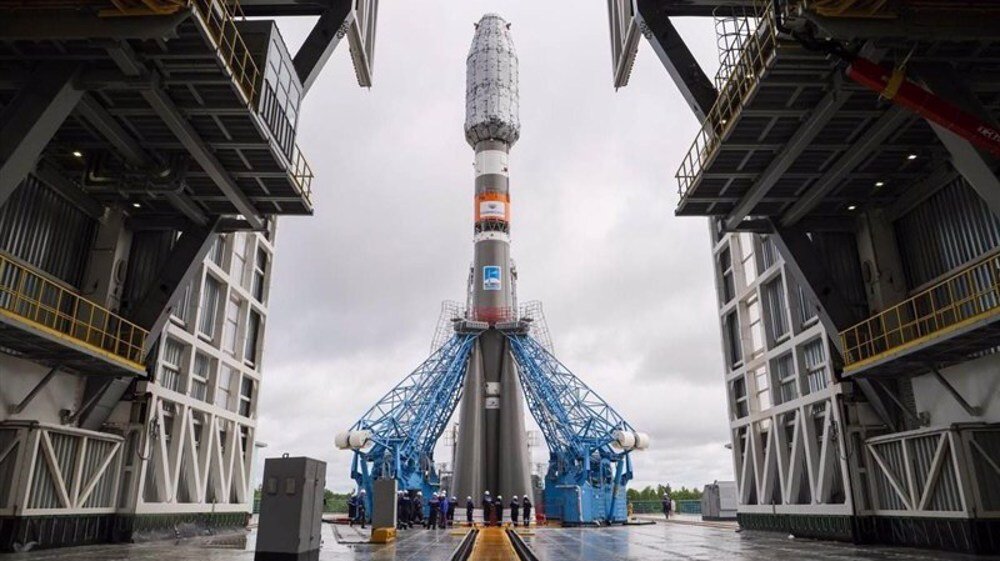Tehran confirms 2025 launch of Zafar and Paya satellites aboard Russian Soyuz

TEHRAN – The head of the Iranian Space Agency has announced that the country’s Earth-observation satellites Zafar and Paya will be launched into orbit aboard Russia’s Soyuz rocket in the fall of 2025, following delays caused by foreign partners.
Hassan Salarieh, head of the Iranian Space Agency, said on Monday the satellites—designed to provide color and black-and-white imaging services—were originally set for launch in 2024, but the schedule was pushed back after the foreign launcher was not ready. He noted that the final launch date will depend on the provider’s timetable, as other international payloads are set to be deployed on the same mission.
Salarieh confirmed that Iran is also keeping the option of a domestic launch under review, depending on technical assessments and the final timeline announced by the launch provider.
On infrastructure, Salarieh reported that the first phase of the Chabahar Space Center is nearing completion. The facility, designed for solid-fuel launch vehicles, includes administrative offices, telemetry and command centers, hangars, a launch pad, and supporting infrastructure such as power and roads. Construction began in 2023 and is expected to finish in 2025, with the base scheduled to become operational the same year.
“The timing of the first test launch depends on the readiness of both the launch vehicle and the satellite,” he said. “Once all necessary tests are completed, the exact date will be announced.”
He added that groundbreaking for the second phase of the project—dedicated to medium-class liquid-fuel launch vehicles—will take place this year.
Salarieh also said that another Nahid-2, a communications satellite, is slated for launch this year using Iran’s domestically developed Simorgh rocket.
On July 25, Iran successfully launched the domestically built research and telecommunications satellite Nahid-2 into a 500 km orbit aboard a Soyuz-2 rocket from Russia's Vostochny Cosmodrom.
The Nahid-2 satellite is a telecommunications microsatellite designed for telecommunication missions in low Earth orbit (LEO), generally defined as an altitude between 160 and 2,000 kilometers.
The Soyuz-2 rocket, a reliable workhorse of the Russian space program, carried Nahid-2 alongside other payloads, reflecting growing Russo-Iranian space collaboration.
Leave a Comment